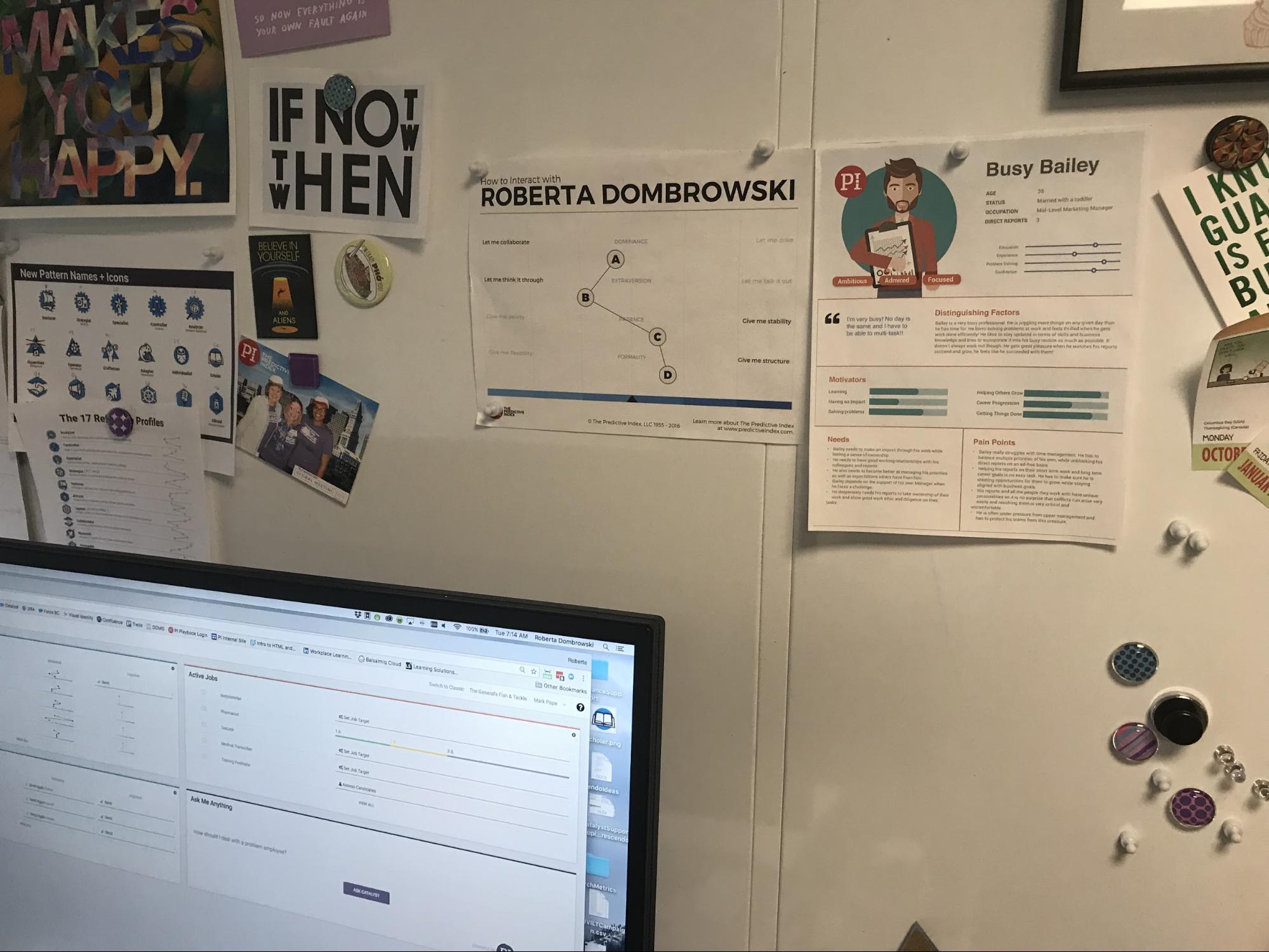Getting started with user personas

.png)

.png)
When designing a product it can be easy to lose track of the big picture.
You could be so fixated on executing your roadmap and thinking about every little detail about a feature that you begin to forget about what exactly your users might need or want. Out of sight, out of mind, right?
More than ever, it’s important that were building products that truly resonate with our users.
In order to do this, we need to have a greater understanding of who exactly will be using our products. Creating user personas can become a quick way to identify your user needs and enable you to build features and designs that customers will actually use.
User personas are fictional representations of the people who will engage with your product. They're based on research and can incorporate the needs, goals, and behaviors of your customers.
Creating user personas can help you build empathy for your users that you are unable to see or talk to on a daily basis—allowing you to answer the age old question, “who are we designing for?”
Once a persona is built, it can help design teams effectively identify and communicate about individuals who will be using the product. Overall, personas can be helpful throughout the entire product development process from deciding on what features to design for, evaluating product ideas, to even writing support documentation.
In other words, personas help you to personalize your entire product experience.
There truly is no “one size fits all” for creating personas for your product.
I’ve seen many organizations have anywhere from one to four that they’ll develop and think about during the product development process. When in doubt start small, you can always create more personas once you get more comfortable.
When building personas, start with research. You’ll want to get as close to the user as possible whether that's through user interviews, surveys, or calls.
Begin compiling all the information you can about your users—you’ll want to discover information such as how they use your product, where they work, what roles they're in, and challenges they encounter.
Unfortunately, there's no “magic number” pointing to the number of user interviews you should be doing, but when in doubt 5-15 should give you a bench line of characteristics for a persona. The more information that you encounter during research, the more realistic your persona will be.
While you’re interviewing, compile all of your findings into a spreadsheet or you can even create an affinity diagram with post-it notes. From there you can grab others from your team to help identify common themes among customers you’ve talked with.
Our design team will typically loop in 5-10 stakeholders from Product, Customer Success, and Marketing. We’ll discuss where users may work, roles they might be in, and challenges they're having.
Once you’ve identified common themes in your research, you can start to distill your findings into individual personas. These should be distinct and memorable so you and your team can easily picture the persona and everything it represents.
Personas will typically have key information such as:
You can even personalize them even more—my team will also include a name and picture of the persona to help personalize their story.
Once you’ve compiled all of your findings remember to share your personas with the rest of your team.
One thing our team at The Predictive Index did was create print outs and hang them around the office. These posters serve as a gentle reminder of who it is were designing for. Whenever our UX team starts designing new features or improving existing functionality, all we have to do is glance up to get a quick reminder of how we can better serve our customers.
Overall user personas are a great tool that can help guide your product designs with accuracy and confidence. When using personas you may start to ask questions such as “Would Barry use this feature?” or “How would Barry deal with this problem?”.

While personas can help enable you to create a product that is more likely to resonate with your users and solve their deepest challenges, they are not a one-and-done process.
Adapt your user personas as you continue talking to clients and performing user research. You may discover that your persona is missing an important client trait and that it needs to be reflected in your work.
Finally, personas are great to provide an overview of user attributes but keep in mind they’re just attributes. If taken at face value during product design, personas could create a catastrophe in the making.
Challenge any assumptions or biases you may have during the design process by getting as close to the user as possible. Remember, there's nothing quite like talking directly to users!